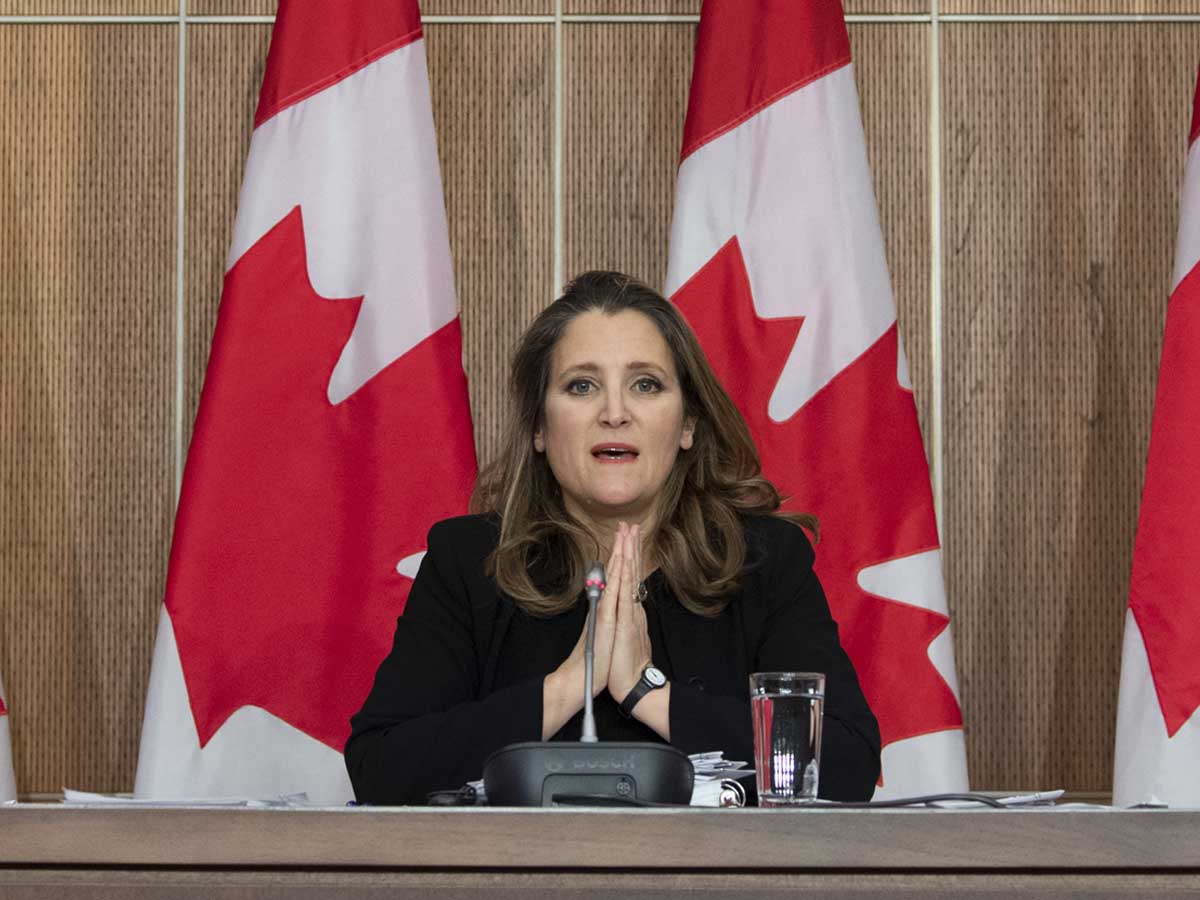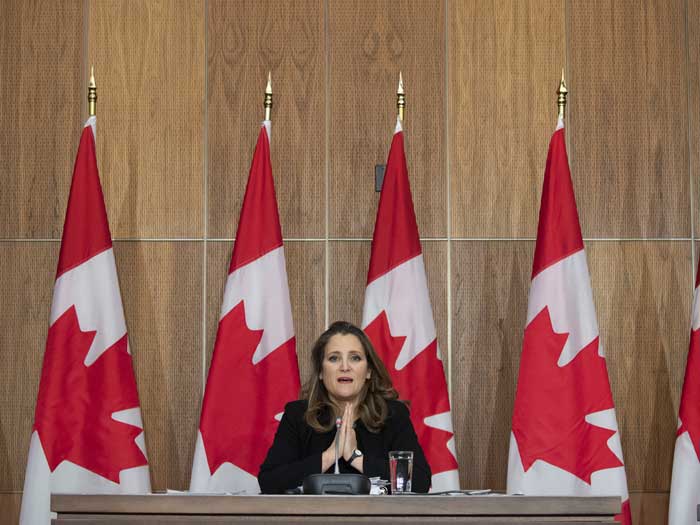
Why you need to ask key questions before making tax changes
 Balancing effectiveness with complexity is an important consideration to ensure new rules can easily be complied with (Getty)
Balancing effectiveness with complexity is an important consideration to ensure new rules can easily be complied with (Getty)
When the pandemic took hold and the country locked down, the federal government had to act fast. Regular processes for making laws were sped up or skipped to get financial support into the hands of Canadians and their businesses as quickly as possible. More recently, the government has turned to its broader agenda, seeking to implement a host of tax measures promised in recent election campaigns and federal budgets.
With so many tax changes in the works, will each change undergo enough study to ensure it is the best alternative for achieving its policy objective for the right cost?
Rather than returning to legislation-as-usual, the government should adopt better practices for making tax laws. Before any tax policy initiative goes forward, it should be systematically reviewed to consider three key questions:
- Is the tax change really needed and, if so, is it designed to meet the objective as simply, clearly and efficiently as possible?
- Have the right stakeholders been sufficiently consulted to identify the potential issues?
- Have implementation issues been considered to ensure the outcomes expected in theory would actually be realized?
Governments are more likely to get tax change right from the start by asking these questions across the tax legislative cycle, from the concept stage through implementation and beyond.
DEFINE THE GOAL, EXPLORE THE ALTERNATIVES
At the concept stage, a first step is to clearly define the policy goal to be met. For example, perhaps the aim is to increase the use of cleaner processes and equipment that will reduce pollution and other adverse impacts on the environment.
A next step is to ask whether a tax initiative or incentive is the best way to achieve the desired result. Historically, policy makers in Canada have leaned toward using the tax system rather than, for example, direct spending, grants or subsidies.
ANALYZE THE OPTIONS
If a tax change is determined to be the best route, all available design options should be objectively analyzed—from both conceptual and practical standpoints—to identify the option most likely to succeed. No matter how theoretically sound an idea may be, it is unlikely to succeed if it would be hard to implement in practice.
BALANCE EFFECTIVENESS AND COMPLEXITY
The analysis should ensure the change is made in a way that balances effectiveness and complexity. Sometimes, a new tax rule may be designed to discourage certain behaviours in general or to stop taxpayers from taking undue advantage of a broader, beneficial tax change.
Addressing these cases often entails a trade-off—if everything possible is done to bulletproof a rule’s integrity, it might become too complex to understand and apply. This could discourage taxpayers from complying with the rule or cause them to apply it incorrectly, making the rule ineffective.
WATCH FOR COLLATERAL DAMAGE
When rules are too broad, they may unintentionally catch some taxpayers or situations. Policy makers should be especially alert to this sort of collateral damage, for example, when setting rules that prevent certain outcomes or increase reporting requirements.
Tax administrations can also bear unexpected impacts from the scope of tax rules. For example, with every bit of complexity that a new rule adds to the tax system, the goal of automating tax return filing for vulnerable Canadians becomes harder to reach.
GUARD AGAINST WINDFALLS
When designing tax incentives to encourage certain behaviours or investments, the government needs to guard against taxpayer windfalls. Taxpayers should not gain a tax saving for doing things that they would have done anyway.
BALANCING COMPLEXITY AGAINST REVENUES
A further consideration is whether the complexity that a tax change would add makes sense in view of the revenues it would raise. For example, the government’s proposed luxury tax and tax on underused property will complicate the tax system, and the revenue they would raise is not worth the effort, putting their introduction into question, especially when compliance costs and other financial issues are considered.
GETTING STAKEHOLDER FEEDBACK FROM START TO FINISH
In Canada, proposed tax legislation is usually released for a set period of consultation. This approach helps identify drafting inconsistencies and practical impacts, but consultation should also happen:
- At the concept stage, because once draft legislation has been published, it may be too late to discuss alternatives
- At implementation, so governments can hear from taxpayers what guides and tools might help them comply with the change, what information they need to report and how much lead time they need to get their systems ready
The full extent of issues and potential impacts of new tax measures often takes a while to identify, so it’s important to allow ample consultation time.
POST-IMPLEMENTATION REVIEWS
Finally, tax measures should be periodically reviewed after they are in place to ensure they are meeting their objectives effectively, efficiently and at an acceptable cost.
Of course, designing and adopting a new approach to tax policy development would bring some costs and disruption, and possibly impede the government’s progress in the short term. But, in the long run, Canada’s tax system stands to benefit from a more consultative, systematic framework for developing and implementing new tax legislation.
KEEP READING
Find out about the tax concerns brought on by electric vehicles, how the gig economy will require the CRA to make adjustments and what means are available to minimize transition costs for succession in family businesses.
Plus, keep up to date on important tax issues, such as managing and mitigating tax practice risks, running a high-quality tax practice, and understanding tax rules for PSBs with our tax blog.